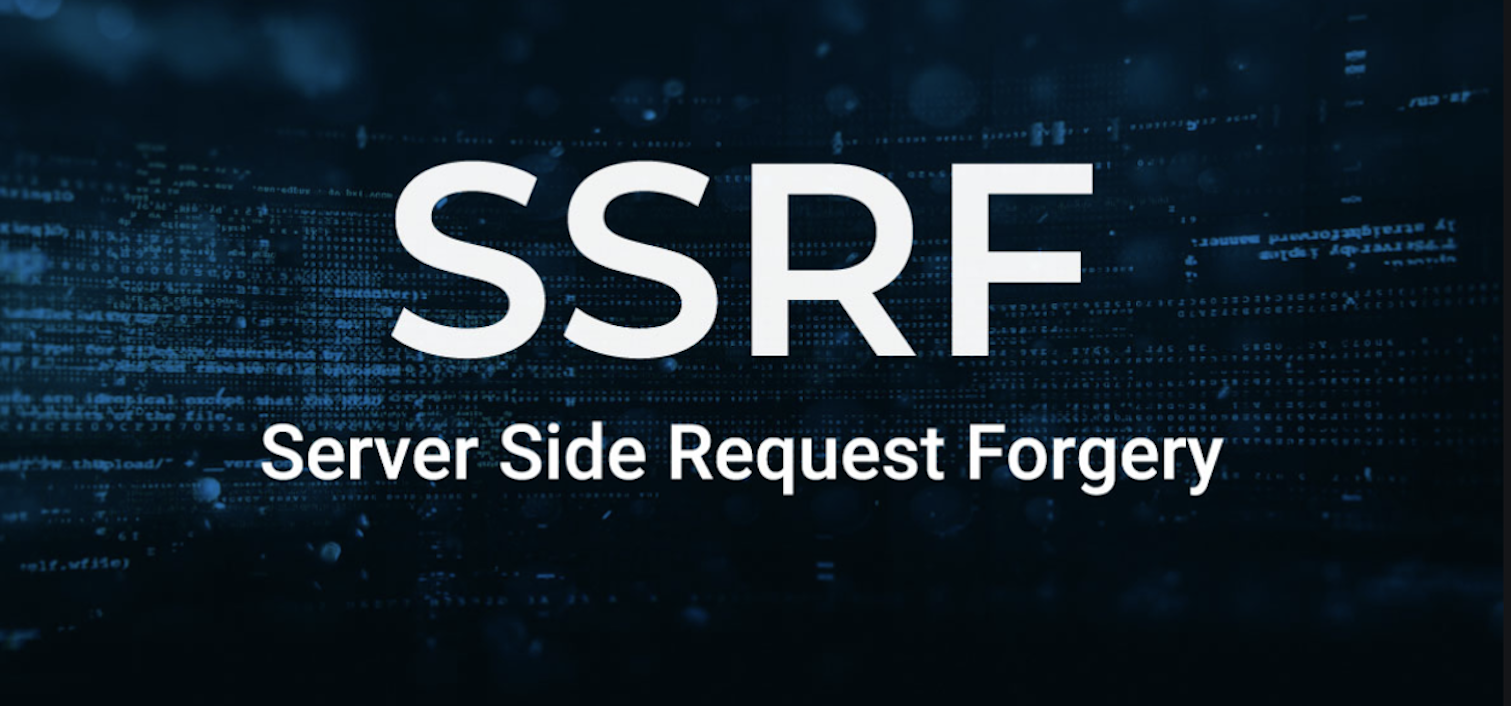
Hey guys, Rocky here! 🌐🔓
Welcome to Day 12 of the Daily Web Hacking series! Today, we’re tackling Part 12: Server-Side Request Forgery (SSRF)—the attack that turns web servers into unwilling spies, leaking secrets from internal networks, cloud environments, and even your coffee machine (if it’s connected to the internet). Let’s dive into how hackers exploit trust to attack systems from the inside.
—
What is SSRF?
Server-Side Request Forgery (SSRF) allows attackers to force a server to send unauthorized requests to internal or external systems. By abusing server trust, hackers can:
- Access restricted internal networks.
- Steal cloud metadata (e.g., AWS keys, Google Cloud tokens).
- Exploit legacy services (e.g., Redis, databases).
- Escalate to Remote Code Execution (RCE).
Why it’s dangerous:
- Ranked #10 in the OWASP Top 10 (2021).
- Affects 30% of web apps (PortSwigger, 2023).
- Cloud environments are especially vulnerable (e.g., AWS, Azure).
—
How SSRF Works: The Server as a Puppet
Imagine a hotel concierge (the server) who blindly fetches anything guests ask for. SSRF is like handing the concierge a note saying:
“Please bring me the master key from the back office.”
Technical Example:
A weather app fetches data from a user-provided URL:
import requests
url = request.GET.get('url')
data = requests.get(url).json()
An attacker submits:
url=http://169.254.169.254/latest/meta-data/
Result: The server leaks AWS cloud metadata, including IAM credentials!
—
Types of SSRF
1. Basic SSRF
2. Blind SSRF
- No Direct Output: The server makes the request but doesn’t return data.
- Exploit via:
- Time delays: Detect open/closed ports based on response time.
- DNS/HTTP callbacks: Use tools like Burp Collaborator.
3. SSRF to RCE
Chain with Other Vulns: Exploit internal services (e.g., Redis, Jenkins).
Example:
url=dict://127.0.0.1:6379/CONFIG SET dir /tmp
—
Real-World SSRF Disasters
- Capital One (2019): SSRF exploited AWS metadata to steal 106M records.
- Shopify (2016): Attacker accessed internal services via image proxy SSRF.
- Microsoft (2020): Azure SSRF flaw exposed customer data.
Lesson: SSRF is a cloud killer.
—
Step-by-Step Exploitation
Goal: Steal AWS credentials from a vulnerable cloud instance.
1. Find an SSRF Vector
2. Test with Internal IPs
3. Extract Credentials
4. Escalate to Cloud Account Takeover
—
Advanced SSRF Techniques
1. Bypassing Filters
2. Exploiting URL Schemas
file://: Read local files.
url=file:///etc/passwd
gopher://: Send raw TCP packets (exploit Redis, MySQL).
url=gopher://127.0.0.1:6379/_*2%0d%0a$4%0d%0aINFO%0d%0a
dict://: Enumerate ports/services.
url=dict://127.0.0.1:22/info
3. Port Scanning
—
SSRF in Cloud Environments
1. AWS Metadata
- Endpoint:
http://169.254.169.254/latest/meta-data/
- Steal IAM roles, temporary credentials, and user data.
2. Google Cloud
- Endpoint:
http://metadata.google.internal/computeMetadata/v1/
- Headers:
Metadata-Flavor: Google
3. Azure
- Endpoint:
http://169.254.169.254/metadata/instance?api-version=2021-02-01
- Headers:
Metadata: true
—
Tools for SSRF Exploitation
1. Burp Suite
- Collaborator: Detect blind SSRF via DNS/HTTP callbacks.
- Intruder: Brute-force internal IPs/ports.
2. SSRFmap
3. Gopherus
—
Defending Against SSRF
For Developers
Input Validation
Block internal IPs, domains, and dangerous schemas (file://, gopher://).
Python Example:
from urllib.parse import urlparse
domain = urlparse(url).hostname
if domain in ["localhost", "169.254.169.254"]:
raise ValueError("Invalid URL!")
Use Allowlists
Disable Unused Schemas
For Cloud Admins
Restrict Metadata Access
- AWS: Use IMDSv2 and disable legacy metadata.
- Google Cloud: Block metadata access for non-essential services.
Network Segmentation
Monitor Outbound Traffic
—
Practice Legally: Labs & Challenges
- PortSwigger Labs:
- Hack The Box:
- Machines like Late (SSRF to RCE) and OpenAdmin (cloud SSRF).
- AWS Goat:
- Deliberately vulnerable AWS environment for SSRF practice.
—
Ethical Hacking & Reporting
Never exploit SSRF without authorization. If you find a flaw:
- Document: Record steps to reproduce.
- Report: Use the vendor’s bug bounty program or security contact.
- Disclose: Wait for a fix before public disclosure.
—
What’s Next? Part 13: Insecure Direct Object References (IDOR)
Tomorrow, we’ll explore IDOR—accessing unauthorized data by tampering with IDs (e.g., /user?id=123 → /user?id=456). Sneak peek:
GET /profile?user_id=1337 HTTP/1.1 # Change 1337 to 1338
—
Final Thoughts
SSRF is a masterclass in abusing trust. By validating inputs, segmenting networks, and hardening cloud environments, you can turn your servers from liabilities into fortresses. Remember: In cybersecurity, trust is earned—never given.
Rocky out! ✌️
—
P.S. If you’re loving this series, share it with your hacking squad! Let’s turn newbies into cloud warriors.
Discussion Question: What’s the craziest internal system you’ve accessed via SSRF? I once found a smart fridge on a corporate network. 😅 Spill your stories below! 👇